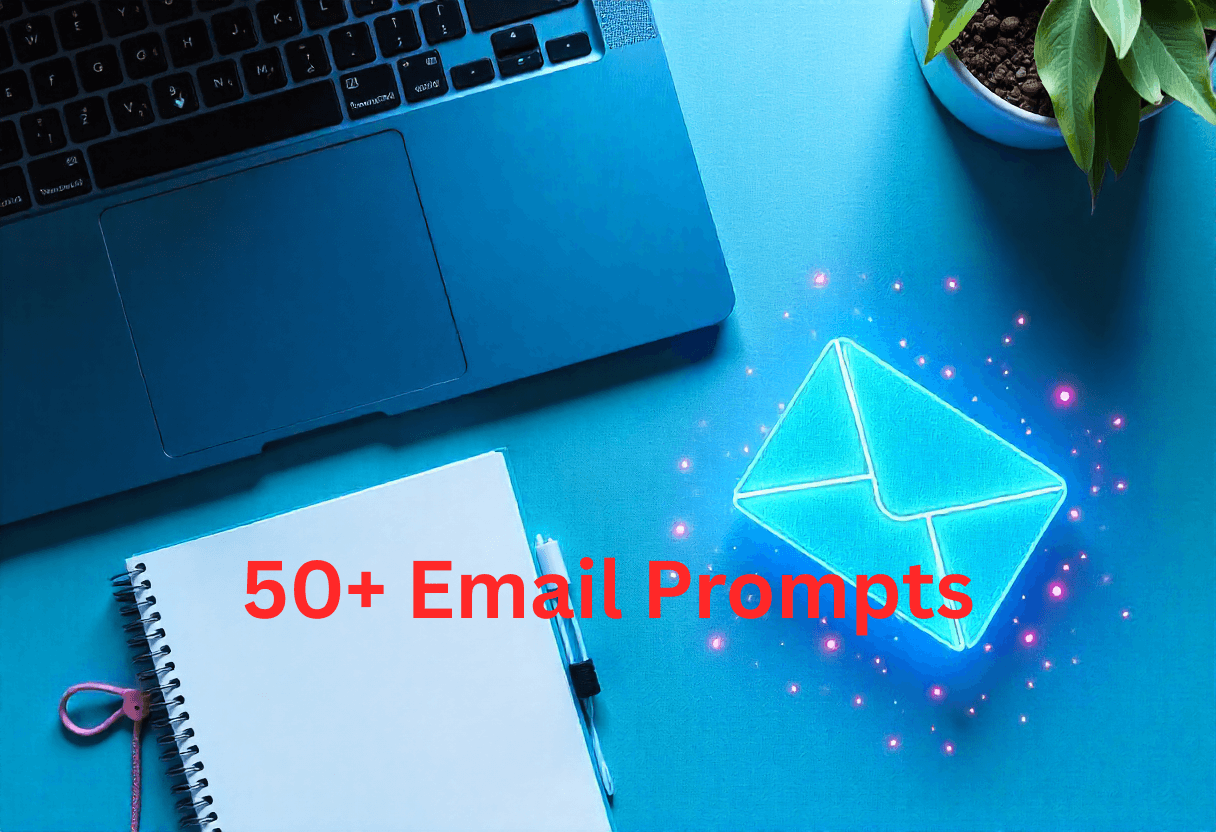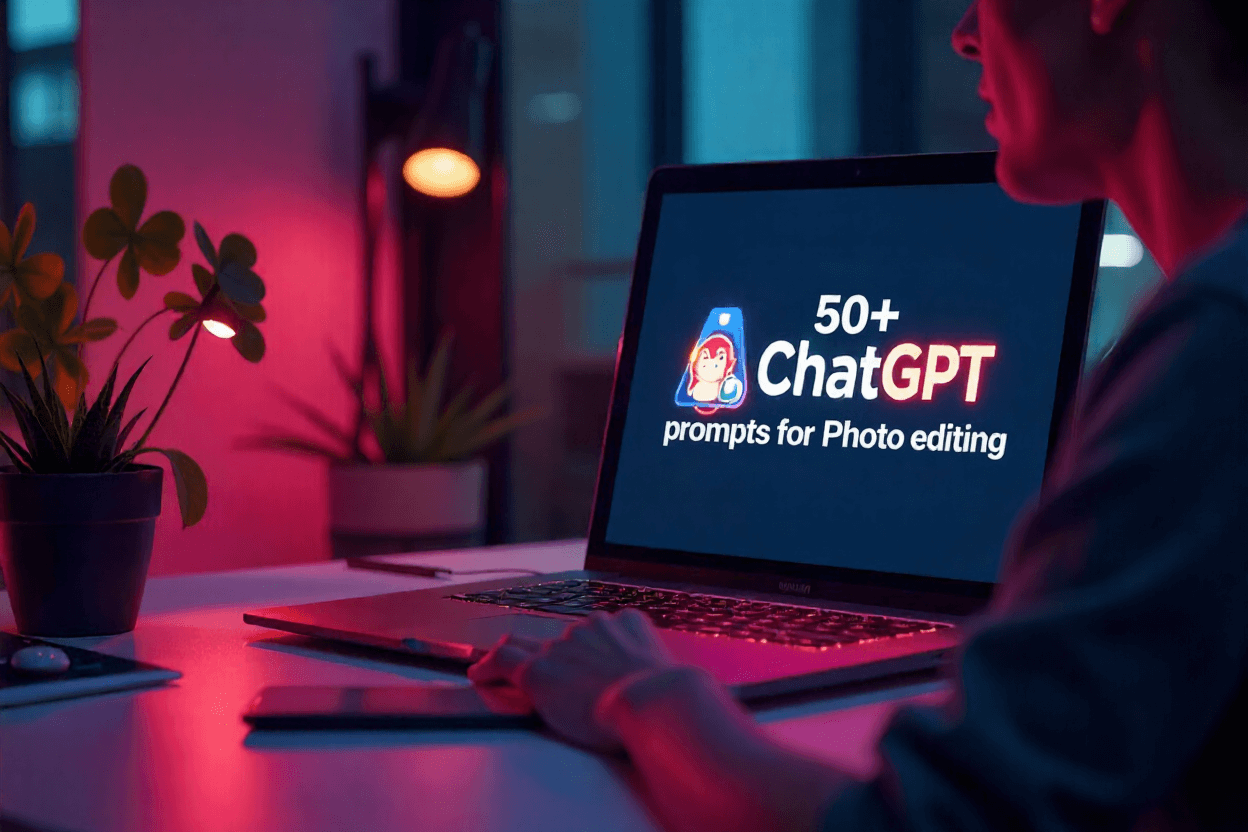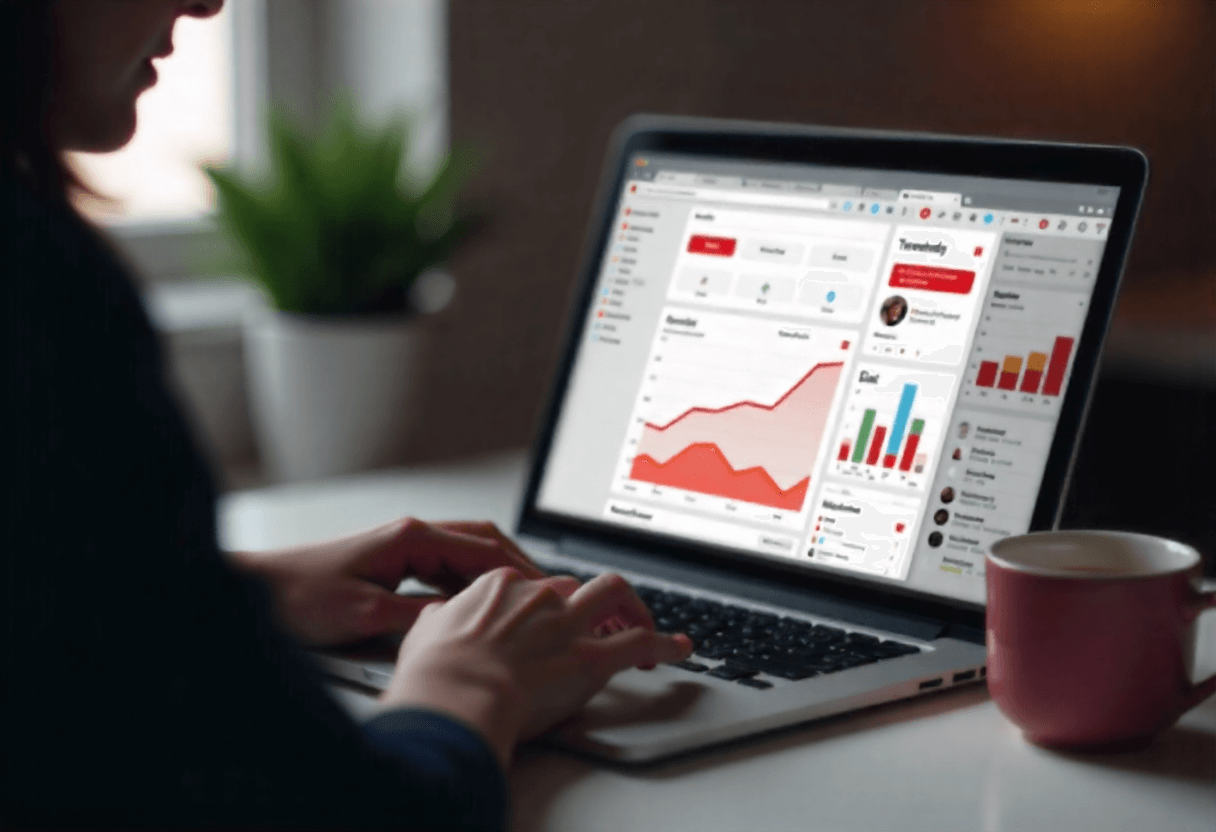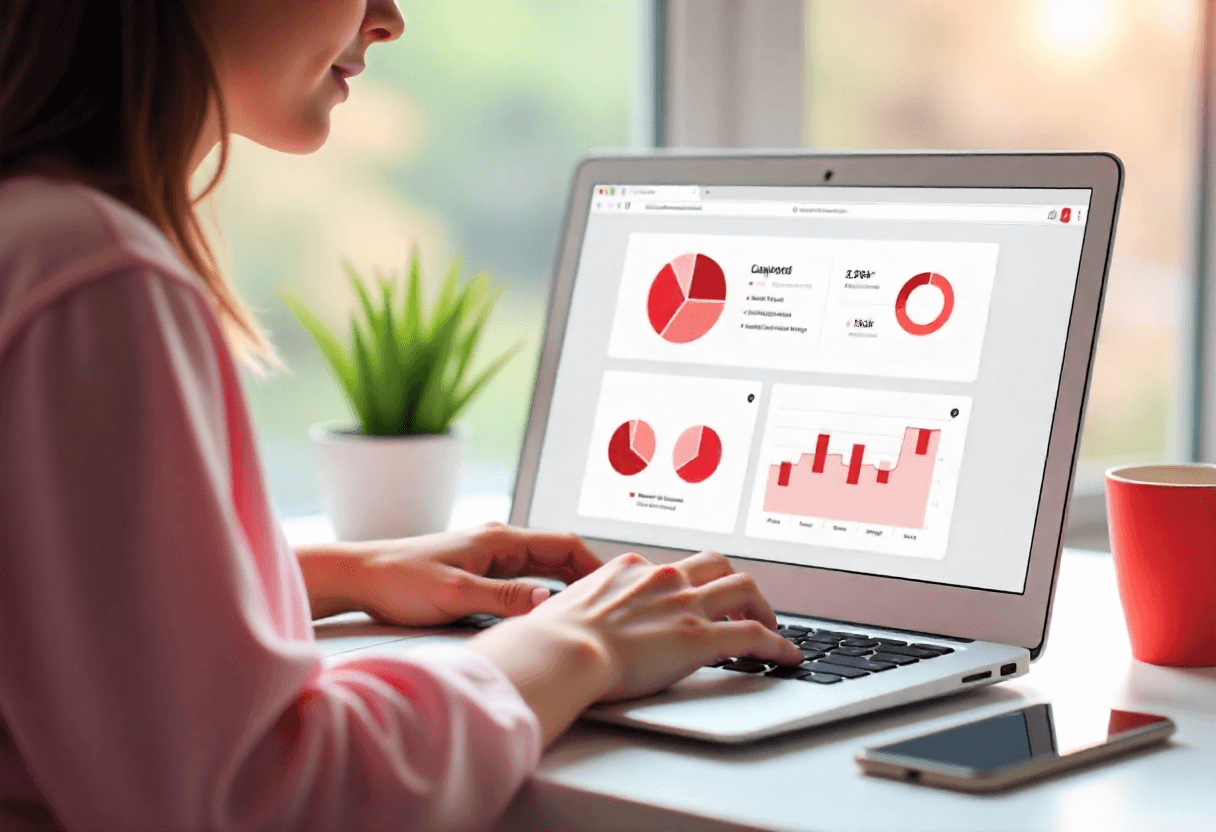
In a digital age filled with distractions, businesses struggle to engage their audience across multiple platforms. Facebook Ads excel among marketing channels, offering businesses unparalleled ROI-maximizing potential. Facebook’s two billion users worldwide grant unmatched reach and targeting, cementing its status as advertisers’ indispensable platform.
In this guide, we’ll delve into the strategies and tactics necessary to unlock the full potential of Facebook Ads and achieve maximum ROI. We’ll delve into Facebook Ads, covering ad creation, audience targeting, and campaign optimization for maximum effectiveness.
This guide empowers both seasoned marketers and newcomers with the expertise and tools to drive impactful results with Facebook Ads. So, let’s dive in and discover how to harness the power of Facebook Ads to propel your business to new heights of success.
Understanding Facebook Ads
Facebook Ads provide businesses with a versatile and dynamic platform to connect with their target audience in a highly targeted and personalized manner. Before delving into the intricacies of crafting and optimizing ad campaigns, it’s essential to grasp the fundamentals of how Facebook Ads operate.
Types of Facebook Ads:
Facebook offers a diverse range of ad formats to cater to different marketing objectives and audience preferences. These include:
- Image Ads: Static images accompanied by compelling ad copy.
- Video Ads: Engaging video content designed to capture attention and convey your message.
- Carousel Ads: Allows advertisers to showcase multiple images or videos in a single ad unit, ideal for highlighting product features or telling a story.
- Slideshow Ads: Lightweight video ads created from a series of images, suitable for businesses with limited video resources.
- Collection Ads: Interactive ad format designed for mobile devices, enabling users to browse and purchase products directly from the ad.
- Instant Experience (formerly Canvas) Ads: Immersive, full-screen ad experiences designed to captivate and engage users with rich multimedia content.
Also Read: Effective Strategies for Social Media Marketing
Targeting Options:
One of the key advantages of Facebook Ads is the extensive targeting options available, allowing advertisers to tailor their ads to specific demographics, interests, behaviors, and even life events.
Targeting options include demographics (age, gender, location), interests (based on users’ likes, pages they follow, and activities), behaviors (purchase behavior, device usage), and advanced options such as custom and lookalike audiences.
Setting Clear Objectives:
Before launching a Facebook Ad campaign, it’s crucial to define clear objectives and goals. Whether it’s driving website traffic, generating leads, increasing app installs, or boosting sales, establishing specific, measurable objectives will guide the entire campaign strategy and measurement process.
Crafting Compelling Ad Content
Creating compelling ad content is crucial for capturing the attention of your target audience and inspiring them to take action. Whether you’re promoting a product, service, or brand, your ad content should resonate with viewers and compel them to engage with your message. Here are some strategies for crafting ad content that drives results:
Clear and Concise Messaging:
Keep your ad copy clear, concise, and to the point. Use language that resonates with your target audience and communicates the value proposition of your offer.
Highlight the benefits of your product or service and address any pain points or challenges your audience may have.
Eye-Catching Visuals:
Choose high-quality images or videos that grab attention and visually communicate your message.
Use bright colors, bold typography, and compelling imagery to make your ads stand out in users’ news feeds.
Consider using user-generated content or testimonials to add authenticity and credibility to your ads.
Compelling Call-to-Action (CTA):
Include a clear and compelling call to action that tells viewers what you want them to do next. Whether it’s “Shop Now,” “Learn More,” or “Sign Up,” your CTA should prompt viewers to take the desired action.
Experiment with different CTAs to see which ones resonate best with your audience and drive the highest engagement.
Storytelling:
Use storytelling to create an emotional connection with your audience and make your brand more relatable.
Create a captivating tale demonstrating our solution’s problem-solving prowess, benefits, and customer life enhancements.
Personalization:
Personalize your ad content based on user demographics, interests, and behaviors to make it more relevant and engaging.
Use dynamic ad creative elements, such as personalized product recommendations or localized messaging, to tailor your ads to individual users.
A/B Testing:
Test different ad creatives, headlines, and CTAs to identify which combinations drive the best results.
Continuously monitor the performance of your ads and iterate based on what resonates most with your audience.
Also Read: Understanding Social Media Algorithms
Targeting the Right Audience
One of the key advantages of Facebook Ads is the ability to precisely target your ads to reach the most relevant audience for your business. By understanding your target audience and leveraging Facebook’s advanced targeting options, you can ensure that your ads are seen by the people most likely to be interested in your products or services. Here are some strategies for targeting the right audience:
Define Your Audience Persona:
Start by defining your ideal customer persona based on demographic information, interests, behaviors, and psychographic factors.
Consider factors such as age, gender, location, income level, education, job title, hobbies, interests, and purchasing behavior.
Utilize Facebook’s Targeting Options:
Facebook offers a wide range of targeting options to help you reach your desired audience. These include:
- Demographic Targeting: Target users based on age, gender, location, language, education, and relationship status.
- Interest Targeting: Reach users based on their interests, hobbies, activities, and pages they like on Facebook.
- Behavior Targeting: Target users based on their purchase behavior, device usage, travel behavior, and other online activities.
- Custom Audiences: Upload your own customer lists or website visitors to target existing customers or engage with users who have previously interacted with your brand.
- Lookalike Audiences: Reach new users who are similar to your existing customers or website visitors, based on common characteristics and behaviors.
Refine Your Targeting Criteria:
Narrow down your audience by refining your targeting criteria to ensure that your ads are reaching the most relevant users.
Experiment with different combinations of targeting options to find the optimal audience for your ads.
Consider using exclusion targeting to exclude certain audiences or demographics that are unlikely to be interested in your offer.
Test and Iterate:
Continuously monitor the performance of your ads and audience targeting to identify opportunities for improvement.
Test different audience segments, ad creatives, and messaging to see which combinations drive the best results.
Use Facebook’s analytics tools to track key metrics such as reach, engagement, click-through rate, and conversion rate, and adjust your targeting strategy accordingly.
Also Read: Social Media Marketing A Comprehensive Guide
Optimizing Campaigns for Maximum ROI
Achieving maximum Return on Investment (ROI) with your Facebook Ad campaigns requires ongoing optimization and refinement. By analyzing campaign performance data and making data-driven decisions, you can optimize your ad campaigns to improve efficiency, increase engagement, and drive more conversions. Here are some strategies for optimizing your Facebook Ad campaigns for maximum ROI:
Track Key Performance Metrics:
Monitor key metrics such as click-through rate (CTR), conversion rate, cost per acquisition (CPA), return on ad spend (ROAS), and overall campaign ROI.
Use Facebook’s built-in analytics tools or third-party tracking platforms to track and analyze campaign performance data in real time.
Split Testing (A/B Testing):
Conduct split tests to compare different ad creatives, audience segments, ad placements, and targeting options.
Test variables such as ad copy, imagery, calls-to-action (CTAs), and ad formats to identify which elements drive the best results.
Continuously iterate and optimize your campaigns based on the insights gained from split testing.
Optimize Ad Creative and Copy:
Use compelling imagery, engaging videos, and persuasive ad copy to capture attention and drive user engagement.
Experiment with different messaging, offers, and value propositions to see which resonates best with your target audience.
Test variations of ad creative and copy to identify the most effective combinations for achieving your campaign objectives.
Refine Audience Targeting:
Analyze audience insights and performance data to identify high-performing audience segments and refine your targeting criteria accordingly.
Experiment with different audience demographics, interests, and behaviors to find the most responsive audience for your ads.
Utilize custom and lookalike audiences to reach users who are similar to your existing customers and have a higher likelihood of converting.
Optimize Bidding and Budgeting:
Adjust your bidding strategy based on campaign objectives, competition, and performance goals.
Test different bidding options such as cost per click (CPC), cost per thousand impressions (CPM), or cost per acquisition (CPA) to find the most cost-effective bidding strategy.
Allocate the budget towards the highest-performing ad sets and campaigns to maximize ROI while minimizing wasteful ad spend.
Ad Placement Optimization:
Experiment with different ad placements such as Facebook feed, Instagram feed, Audience Network, and Messenger to identify which placements drive the best results.
Use automatic placement optimization or manual placement selection based on performance data and campaign objectives.
Implement Retargeting Campaigns:
Retarget users who have previously interacted with your website, app, or social media profiles to re-engage them and drive conversions.
Use Facebook Pixel data to create custom audiences of users who have visited specific pages, added items to their cart, or performed other valuable actions.
Design retargeting ads with tailored messaging and offers to encourage users to complete their purchase or take the desired action.
Leveraging Facebook Pixel for Enhanced Performance
Facebook Pixel is a powerful tool that allows advertisers to track user interactions on their websites and leverage this data to optimize ad campaigns for enhanced performance. By implementing Facebook Pixel on your website, you can gain valuable insights into user behavior, retarget website visitors with relevant ads, and measure the effectiveness of your ad campaigns. Here’s how you can leverage Facebook Pixel to enhance the performance of your Facebook Ad campaigns:
Installation and Setup:
Install Facebook Pixel on your website by adding the Pixel code snippet to the header section of your website’s HTML.
Use Facebook Business Manager or Events Manager to create a Pixel and generate the Pixel code for installation.
Verify that the Pixel is correctly installed and track events such as page views, add-to-cart actions, purchases, and other conversions.
Tracking User Interactions:
Utilize Facebook Pixel to track user interactions on your website, including page views, product views, add-to-cart actions, and purchases.
Set up custom events to track specific actions that are valuable to your business, such as form submissions, video views, or newsletter sign-ups.
Gain insights into user behavior, preferences, and engagement patterns to inform your ad targeting and optimization strategies.
Creating Custom Audiences:
Use Facebook Pixel data to create custom audiences of website visitors based on their interactions and behavior on your website.
Segment custom audiences based on specific actions taken, such as users who visited a particular product page but did not make a purchase.
Target these custom audiences with relevant ad campaigns to re-engage them and encourage them to complete their purchase or take the desired action.
Dynamic Ads and Product Retargeting:
Implement dynamic ads using Facebook Pixel data to automatically show users the products they viewed or added to their cart but did not purchase.
Set up product retargeting campaigns to remind users of products they showed interest in and encourage them to return to your website to complete their purchase.
Personalize ad creatives and messaging based on users’ interactions and preferences to increase relevance and engagement.
Conversion Tracking and Optimization:
Use Facebook Pixel to track conversions and measure the effectiveness of your ad campaigns in driving desired actions on your website.
Optimize your ad campaigns for specific conversion events, such as purchases or lead form submissions, by setting up conversion tracking and optimizing for these events.
Analyze conversion data to identify high-performing ad campaigns, audiences, and creative elements, and allocate budget towards the most effective strategies.
Attribution Modeling:
Gain insights into the customer journey and attribution paths by analyzing how users interact with your website and engage with your ad campaigns.
Use attribution modeling to understand the impact of different touchpoints on the conversion process and optimize your ad strategy accordingly.
Adjust your attribution window to capture conversions that occur within a specific timeframe after users interact with your ads.
Budgeting and Scaling Facebook Ad Campaigns
Budgeting and scaling are critical aspects of managing successful Facebook ad campaigns. Effectively allocating your budget and scaling your campaigns can help you maximize reach, engagement, and conversions while maintaining a positive return on investment (ROI). Here’s how you can approach budgeting and scaling your Facebook ad campaigns:
Setting a Realistic Budget:
Begin by defining a realistic budget based on your overall marketing goals, available resources, and the potential ROI of your ad campaigns.
Consider factors such as the size of your target audience, the competitiveness of your industry, and the cost per click (CPC) or cost per acquisition (CPA) for your desired objectives.
Allocate your budget strategically across different campaigns, ad sets, and targeting options to optimize performance and maximize results.
Testing and Optimization:
Start with smaller budgets and test different ad creatives, targeting options, and messaging to identify what resonates best with your audience.
Monitor the performance of your ad campaigns closely and optimize based on key metrics such as click-through rate (CTR), conversion rate, and ROI.
Gradually increase your budget for high-performing campaigns and ad sets while reallocating resources away from underperforming ones.
Scaling Successful Campaigns:
Once you’ve identified winning ad campaigns that are delivering a positive ROI, consider scaling up your budget to reach a larger audience and drive more conversions.
Increase your budget gradually to avoid overspending or exhausting your audience too quickly. Monitor performance closely as you scale to ensure that ROI remains positive.
Experiment with different scaling strategies such as increasing daily or lifetime budgets, expanding targeting options, or testing new ad formats and placements.
Maintaining Ad Relevance and Frequency:
As you scale your ad campaigns, pay attention to ad relevance and frequency to avoid ad fatigue and maintain engagement with your audience.
Monitor frequency metrics to ensure that your ads are not being shown too frequently to the same users, which can lead to diminishing returns and decreased effectiveness.
Refresh ad creatives and messaging periodically to keep your ads fresh and engaging, and avoid audience saturation.
ROI Tracking and Reporting:
Continuously track and analyze the ROI of your Facebook ad campaigns to ensure that your advertising efforts are generating a positive return on investment.
Use Facebook Ads Manager or third-party analytics tools to measure the impact of your campaigns on key business metrics such as revenue, customer acquisition cost, and lifetime value.
Adjust your budgeting and scaling strategies based on performance data to optimize ROI and drive sustainable growth.
Conclusion
In today’s digital landscape, Facebook Ads have emerged as a powerful tool for businesses to reach and engage their target audience effectively. From e-commerce retailers to local businesses and mobile apps, companies across various industries have leveraged Facebook Ads to drive significant ROI and achieve their marketing objectives.
Throughout this guide, we’ve explored the fundamental aspects of maximizing ROI through Facebook Ads, including understanding ad formats, targeting the right audience, crafting compelling ad content, and optimizing performance campaigns. We’ve also discussed the importance of budgeting and scaling ad campaigns strategically, as well as the value of tracking and analyzing campaign data to drive continuous improvement.
So, seize the opportunity, harness the power of Facebook Ads, and propel your business to new heights of success. With the right strategy, creativity, and perseverance, the possibilities are endless. Start maximizing your ROI with Facebook Ads today!






